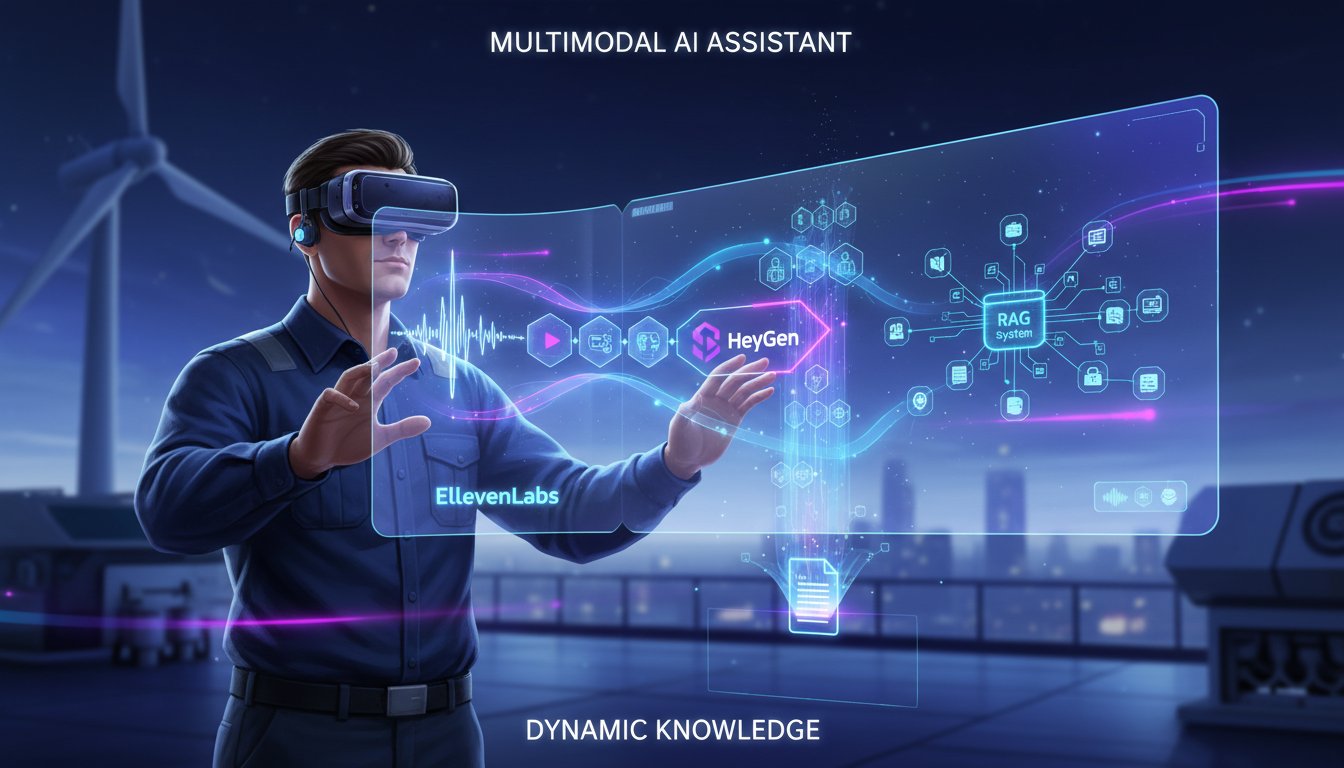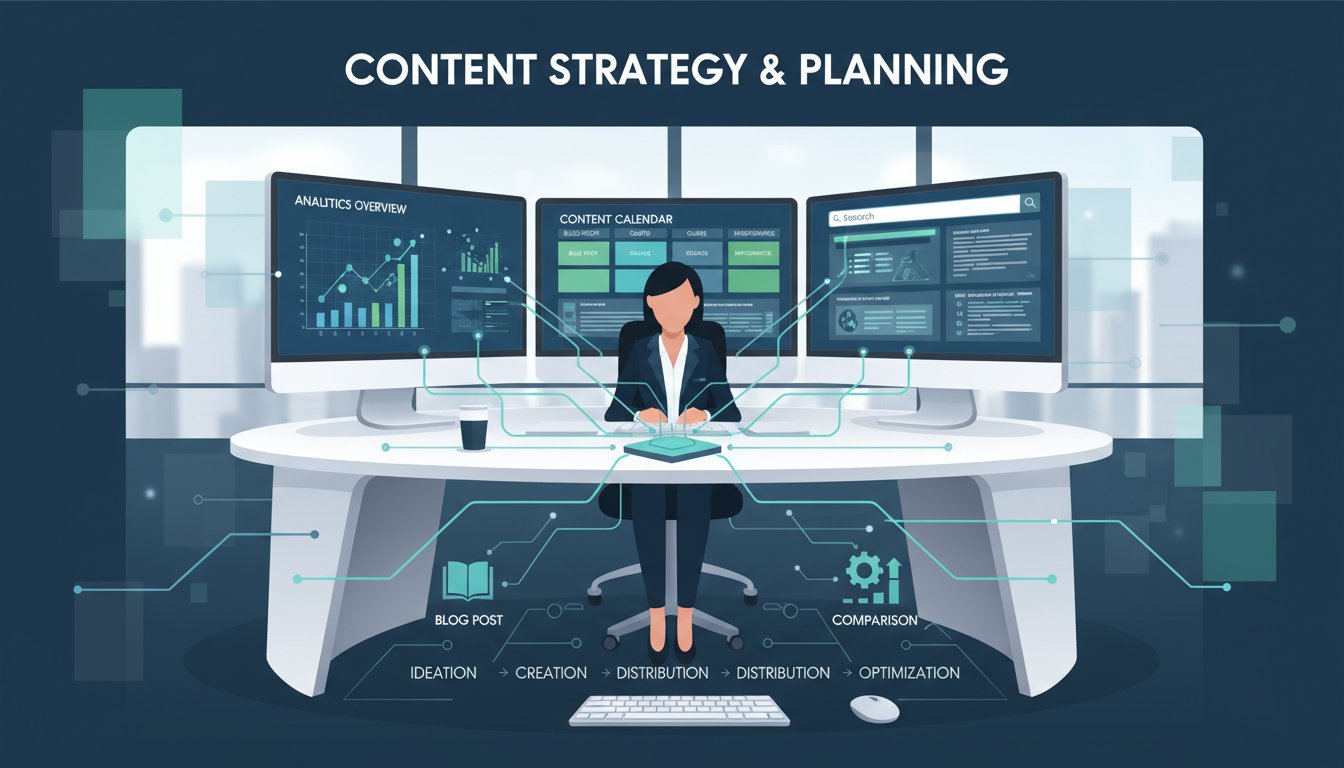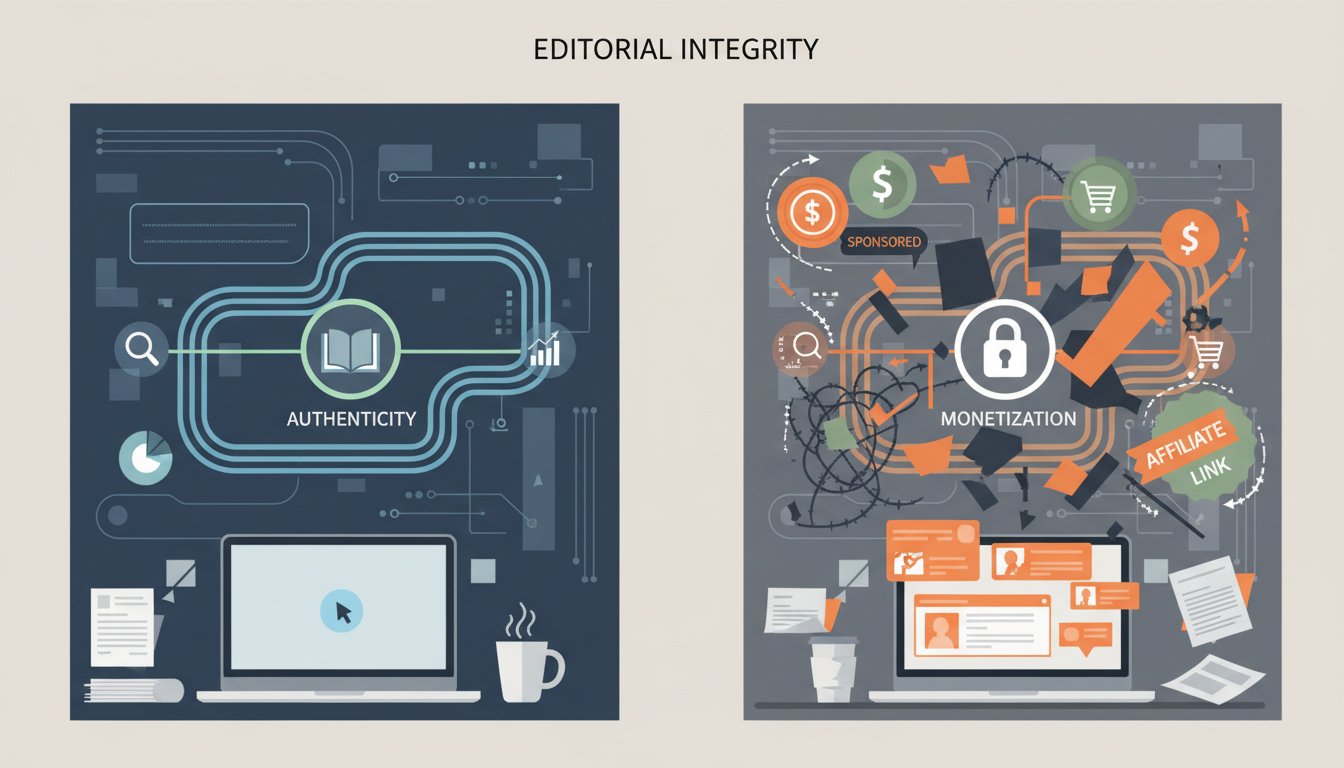Introduction
In the rapidly evolving landscape of artificial intelligence (AI) and machine learning (ML), the integration of Retrieval-Augmented Generation (RAG) with graph databases has emerged as a transformative approach. This article delves into the concept of Graph RAG, its implementation on Azure, and its potential to revolutionize data retrieval and AI-driven insights. We will explore the technical intricacies, benefits, and practical applications of Graph RAG, providing a detailed and comprehensive guide for enterprises and developers.
Understanding Graph RAG
What is RAG?
Retrieval-Augmented Generation (RAG) is an architecture that enhances the capabilities of Large Language Models (LLMs) by incorporating an information retrieval system. This system provides grounding data, enabling the LLM to generate more accurate and contextually relevant responses. RAG is particularly useful in enterprise settings, where it can constrain generative AI to enterprise content sourced from vectorized documents, images, and other data formats Microsoft Learn.
The Evolution to Graph RAG
Graph RAG represents an evolution of the traditional RAG approach by integrating knowledge graphs. Knowledge graphs organize data into interconnected entities and relationships, creating a framework that ensures responses generated by RAG are accurate and contextually relevant. This integration allows for the aggregation of information across datasets, enabling the LLM to anchor itself in the graph and provide superior answers with provenance through original supporting text Microsoft Research.
Implementing Graph RAG on Azure
Azure AI Search
Azure AI Search, formerly known as Azure Cognitive Search, is a cloud-based search service that provides indexing and query capabilities with the infrastructure and security of the Azure cloud. It is a proven solution for information retrieval in a RAG architecture, offering integration with embedding models for indexing and chat models or language understanding models for retrieval Microsoft Learn.
Building a Graph RAG System
Step 1: Data Ingestion and Indexing
The first step in building a Graph RAG system on Azure involves ingesting and indexing data. Azure AI Search supports various data formats, including vectorized documents and images. The indexing process involves creating a searchable index that can be queried by the LLM. This index should be refreshed at the required frequency to ensure up-to-date information Microsoft Learn.
Step 2: Creating the Knowledge Graph
Once the data is indexed, the next step is to create a knowledge graph. This involves extracting entities and relationships from the indexed data and organizing them into a graph structure. Tools like NebulaGraph can be used to build and manage the knowledge graph. NebulaGraph is a high-performance graph database that supports complex queries and large-scale data processing NebulaGraph.
Step 3: Integrating with Azure AI Search
The knowledge graph is then integrated with Azure AI Search to enhance the retrieval process. This integration allows the LLM to use the knowledge graph for prompt augmentation at query time, resulting in more accurate and contextually relevant responses. The graph machine learning techniques used in this process help in performing complex queries that require linking diverse pieces of information Microsoft Research.
Technical Architecture
The technical architecture of a Graph RAG system on Azure involves several components:
- Data Ingestion Layer: This layer is responsible for ingesting data from various sources and formats. Azure Data Factory can be used for this purpose.
- Indexing Layer: Azure AI Search indexes the ingested data, making it searchable.
- Knowledge Graph Layer: Tools like NebulaGraph are used to create and manage the knowledge graph.
- Retrieval Layer: Azure AI Search retrieves relevant information from the indexed data and the knowledge graph.
- LLM Layer: The LLM, such as ChatGPT, generates responses based on the retrieved information.
Benefits of Graph RAG on Azure
Enhanced Accuracy and Context
Graph RAG significantly enhances the accuracy and context of responses generated by LLMs. By anchoring the LLM in a knowledge graph, the system can provide more precise answers with provenance through original supporting text. This is particularly useful for complex queries that require aggregation of information across datasets Microsoft Research.
Scalability and Performance
Azure AI Search provides the scalability and performance required for large-scale data processing. The integration with NebulaGraph allows for efficient management of large knowledge graphs, enabling the system to handle complex queries and large datasets Microsoft Learn.
Security and Reliability
Azure AI Search offers robust security features, including data encryption and access control, ensuring the security and reliability of the system. The global reach of Azure ensures high availability and reliability for both data and operations Microsoft Learn.
Practical Applications
Enterprise Knowledge Management
Graph RAG can be used in enterprise knowledge management systems to provide accurate and contextually relevant information to employees. By integrating internal and external data sources into a unified knowledge graph, enterprises can enhance their knowledge management capabilities and improve decision-making processes Middleway.
Customer Support
In customer support applications, Graph RAG can be used to provide accurate and contextually relevant responses to customer queries. By leveraging a knowledge graph that includes customer data, product information, and support documentation, the system can provide more precise and helpful responses Microsoft Research.
Research and Development
Graph RAG can be used in research and development to analyze complex datasets and generate insights. By integrating scientific literature, experimental data, and other relevant information into a knowledge graph, researchers can perform complex queries and generate new hypotheses Microsoft Research.
Challenges and Future Directions
Data Integration
One of the main challenges in implementing Graph RAG is the integration of diverse data sources into a unified knowledge graph. This requires sophisticated data extraction and transformation techniques to ensure the accuracy and consistency of the knowledge graph WhyHow.AI.
Performance Optimization
Optimizing the performance of Graph RAG systems is another challenge, particularly when dealing with large-scale datasets and complex queries. Techniques such as indexing strategies, relevance tuning, and graph machine learning can help address these challenges Microsoft Learn.
Future Directions
The future of Graph RAG lies in its potential to enable more advanced AI applications, such as AI multi-agent systems and vertical AI agentic workflows. By enhancing the capabilities of LLMs with knowledge graphs, Graph RAG can unlock new possibilities in data investigation, decision-making, and automation WhyHow.AI.
Conclusion
Graph RAG represents a significant advancement in the field of AI and data retrieval, offering enhanced accuracy, scalability, and context for complex queries. By integrating knowledge graphs with Azure AI Search, enterprises can unlock new possibilities in knowledge management, customer support, and research and development. As the technology continues to evolve, Graph RAG is poised to become a foundational component of AI-driven solutions, driving innovation and growth across various industries.
References
- Microsoft Learn – RAG and generative AI
- Microsoft Research – GraphRAG: Unlocking LLM discovery on narrative private data
- NebulaGraph – Implementing Graph RAG with NebulaGraph
- Middleway – Demystifying Microsoft Graph Connector
- WhyHow.AI – The RAG Stack: Featuring Knowledge Graphs
- Microsoft Research – From Local to Global: A Graph RAG Approach to Query-Focused Summarization
- AI Business – Microsoft Supercharges RAG with Knowledge Graphs




